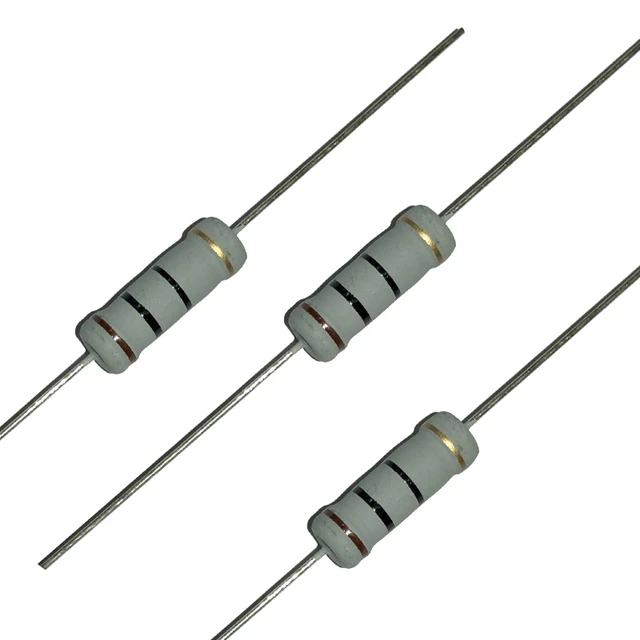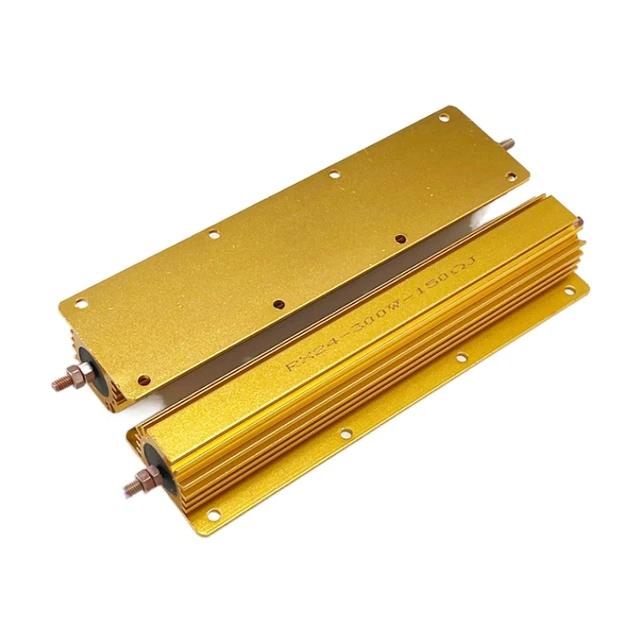 Introduction of resistor function:
Introduction of resistor function:
Resistors are fundamental components in electronic circuits that play a crucial role in controlling the flow of electric current. Understanding theresistor function is essential for designing and troubleshooting electronic systems. In this comprehensive guide, we will explore the resistor function in electronic circuits. By familiarizing ourselves with their purpose, types, and applications, we can gain insights into how resistors contribute to the functionality and performance of electronic devices.
 What is a Resistor?
What is a Resistor?
Definition of a Resistor:
A resistor is an electronic component designed to impede or control the flow of electric current in a circuit.
It is typically made of a material with high resistivity, such as carbon, metal, or ceramic.
Resistor Symbol:
The standard symbol used to represent a resistor in circuit diagrams is a rectangular shape with two terminals.
Resistor function
Current Control:
The primary function of a resistor is to control the flow of electric current in a circuit.
By introducing resistance, it restricts the amount of current passing through the circuit.
Voltage Division:
Resistors can be used to divide voltage within a circuit.
By connecting resistors in series, the voltage drops across each resistor, resulting in a divided output voltage.
Heat Dissipation:
Resistors can act as heat dissipators by converting excess electrical energy into heat.
This prevents the buildup of excessive heat in other components and maintains the stability of the circuit.
Adjusting Signal Levels:
Resistors are often used to adjust signal levels or match the impedance between different components or parts of a circuit.
They help ensure proper signal transmission and prevent signal distortion or loss.
Types of Resistors
Carbon Composition Resistors:
Carbon composition resistors are made of a mixture of carbon powder and a binder.
They are relatively inexpensive and commonly used in low-power applications.
Metal Film Resistors:
Metal film resistors are constructed by depositing a thin metal film over a ceramic substrate.
They offer higher precision, stability, and lower noise compared to carbon composition resistors.
Wirewound Resistors:
Wirewound resistors consist of a wire wrapped around a non-conductive core.
They can handle higher power ratings and provide excellent stability and precision.
Variable resistors, also known as potentiometers or rheostats, allow for manual adjustment of resistance.
They offer variable resistance values to control current or voltage levels in a circuit.
 Applications of Resistors
Applications of Resistors
Voltage and Current Limiting:
Resistors are commonly used to limit voltage or current in various applications.
Examples include current-limiting resistors for LEDs and voltage-dividing resistors for analog sensors.
Biasing and Bias Stabilization:
Resistors are used to bias active components such as transistors and integrated circuits.
They provide a stable reference voltage or current necessary for proper electronic device operation.
Filter and Timing Circuits:
Resistors, in combination with capacitors, are used to create filter circuits that remove unwanted frequencies.
They are also used in timing circuits to control the charging and discharging rates of capacitors.
Temperature Compensation:
Resistors are employed in temperature compensation circuits to counteract the effect of temperature changes on circuit performance.
They help maintain stable and accurate operation in temperature-sensitive applications.
 Measure the resistance of a resistor using a multimeter:
Measure the resistance of a resistor using a multimeter:
To measure the resistance of a resistor, you can use a multimeter, which is a versatile electrical measurement device. Here’s how you can measure the resistance of a resistor using a multimeter:
Set the Multimeter:
Turn on the multimeter and set it to the resistance (Ohm) measurement mode. Some multimeters have a specific setting for resistance measurement, while others may have a dial to select the appropriate range. Choose a range that is higher than the resistance value you expect to measure.
Connect the Test Leads:
Connect the test leads of the multimeter to the two terminals of the resistor you want to measure. Ensure that the connections are secure and have a good contact with the resistor leads. The black (negative) lead should be connected to the terminal closer to the ground or reference point.
Read the Display:
Once the connections are made, the multimeter will display the resistance value of the resistor. If the resistor is within the range you have set on the multimeter, you will get an accurate reading. If the displayed value is not stable or exceeds the highest range, adjust the range setting accordingly.
Interpret the Reading:
Read the resistance value displayed on the multimeter screen. Resistance values are typically expressed in Ohms (Ω) or in kiloohms (kΩ) or megaohms (MΩ) for higher values. Take note of the decimal point and the unit to determine the correct resistance measurement.
Consider Tolerance:
Resistor values are usually marked with a tolerance indicating the acceptable range of variation. Keep in mind that there is a margin of error in resistance measurements, so the displayed value may differ slightly from the marked resistance value due to this tolerance.
Disconnect the Test Leads:
Once the measurement is complete, disconnect the test leads from the resistor, ensuring safety and avoiding accidental short circuits.
It’s important to handle resistors and multimeters with care, following proper electrical safety precautions, and referring to the manufacturer’s instructions for the specific multimeter model you are using.
 The future development of resistors:
The future development of resistors:
The future development of resistors is likely to focus on several areas:
Miniaturization:
There is a growing demand for smaller and more compact electronic devices. This trend will drive the development of smaller and more efficient resistors to meet the requirements of miniaturization. Technologies like thin-film resistors, chip resistors, and surface-mount resistors are expected to continue evolving to provide smaller form factors.
Higher Power Handling:
With the increasing demand for higher power electronics, resistors will need to handle higher power levels without compromising performance or reliability. This may involve the development of new materials and designs that can dissipate heat more effectively and withstand higher power densities.
Improved Precision and Tolerance:
As electronic devices become more sophisticated, there will be a need for resistors with higher precision and tighter tolerance. This will require advancements in manufacturing techniques, materials, and improved quality control processes.
Enhanced Stability and Reliability:
Future resistors may focus on improving stability and long-term reliability. This includes minimizing resistance drift over time and under different operating conditions. Research and development efforts may explore new materials and design approaches to ensure consistent and reliable resistance values.
Higher Frequency Applications:
With the increasing prevalence of high-frequency electronic systems, resistors will need to perform well in these frequency ranges. Future developments may target resistors with improved high-frequency performance, low parasitic capacitance, and reduced inductance for applications such as RF (radio frequency) and microwave circuits.
Customization and Integration:
The demand for specialized resistors tailored to specific applications may drive the development of customizable resistor solutions. Manufacturers might offer a wider range of resistor characteristics, such as resistance values, power ratings, and package options, to meet specific engineering requirements. Integration of resistors with other components or devices, such as integrated passive devices or system-on-chip solutions, may also be explored.
It’s important to note that these are potential directions for the future development of resistors, and the actual advancements will depend on industry innovations, market demands, and technological advancements in the broader electronics industry.
Conclusion of resistor function:
Resistors are integral components in electronic circuits, offering essential functions such as current control, voltage division, heat dissipation, and signal adjustment. By understanding their function, types, and applications, individuals can effectively design and troubleshoot electronic systems.










